- Candidates
- Login
- Setup Account
- Search Tools
- Resources
- Employers
- Employers
- Setup Account
- Login
- Products
- Resources
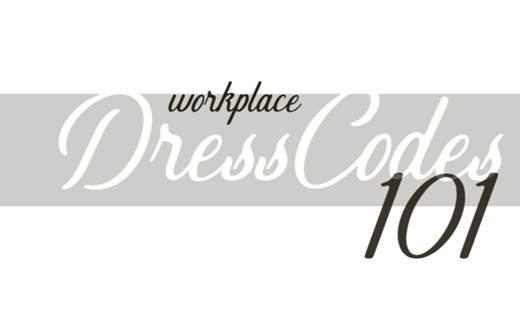
By Kristine Penning, AgCareers.com
Each business has its own unique dress policy. Typical agribusinesses expect one of the following in their workplace: smart casual, business casual, or business professional. But what do those terms really mean, especially when everyone has their own definitions? You can spend hours Googling various responses, or you can rest safely in this simple and convenient guide that plainly explains (and shows) what each dress policy means and what it does not.
“Smart Casual,” for all intents and purposes, is what “Casual Friday” looks like except every day of the week. Jeans are okay, and maybe sandals are all right too, but your top or shirt should remain professional in taste and appearance.
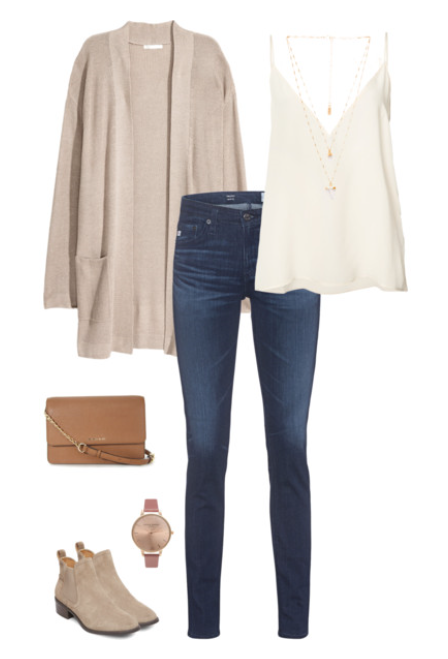
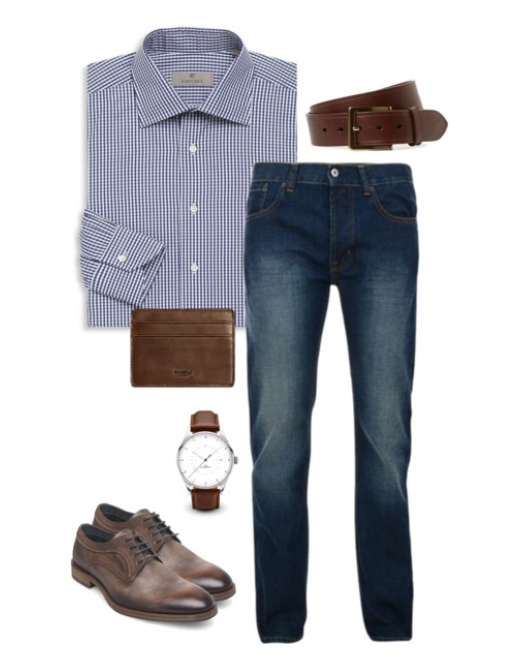
This is the most common dress policy you’ll encounter. Most workplaces expect their employees to dress “business casual” which falls between “smart casual” and “business professional.” You don’t need to wear a suit everyday (although there’s nothing wrong with that), but don’t expect to wear jeans or sandals unless there’s a Casual Friday policy.
On women:
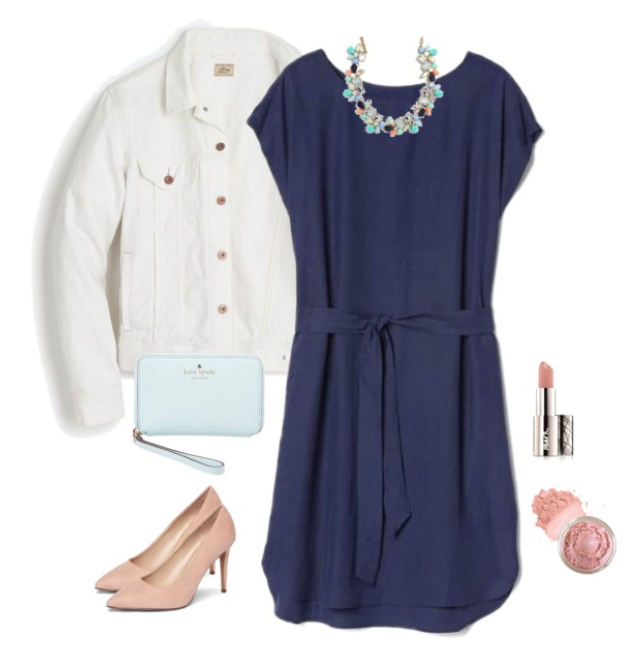
On men:
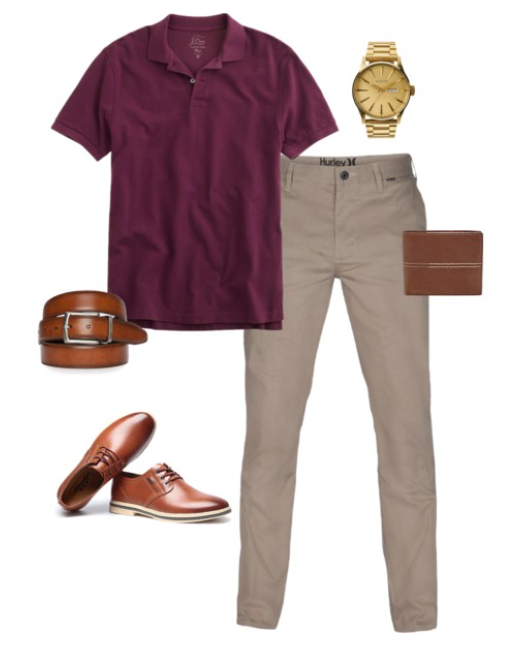
Business professional is attire that you’ll typically find in a very formal workplace setting such as a law or accounting firm, a marketing or advertising agency, or any other workplace that regularly conducts important meetings with clients, shareholders, or an executive suite. Business professional is also the most recommended attire for job interviews.
On women:
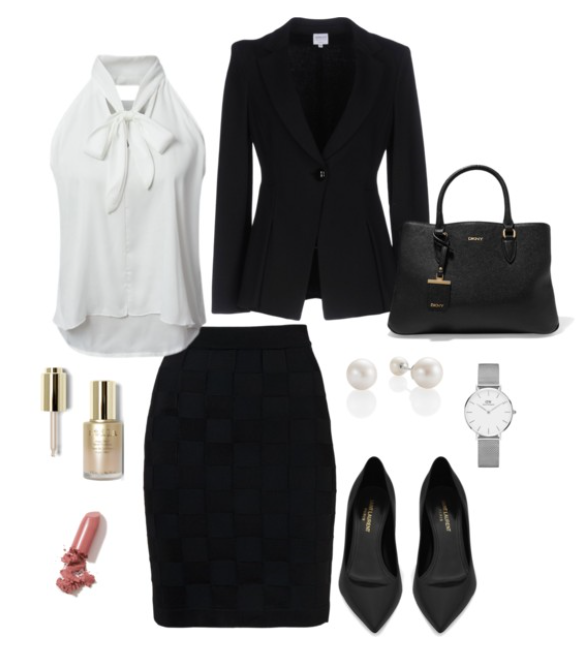
On men:
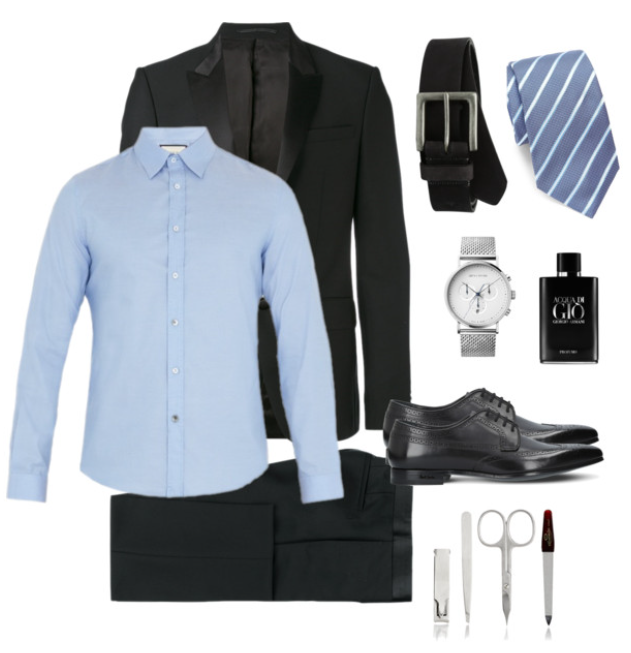
The following list should never be worn or implemented, no matter the dress policy.
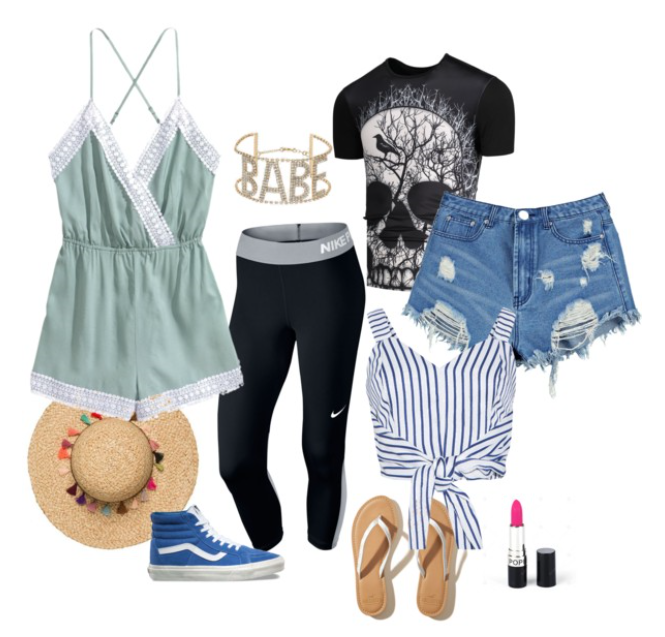
What if I don’t work in an office setting?
Certainly, these dress codes don’t typically apply to agricultural workers in skilled trade, production, scientific, or outdoor roles. However, it will be necessary at certain points in your career (especially when interviewing or attending meetings) to know and possess professional dress.